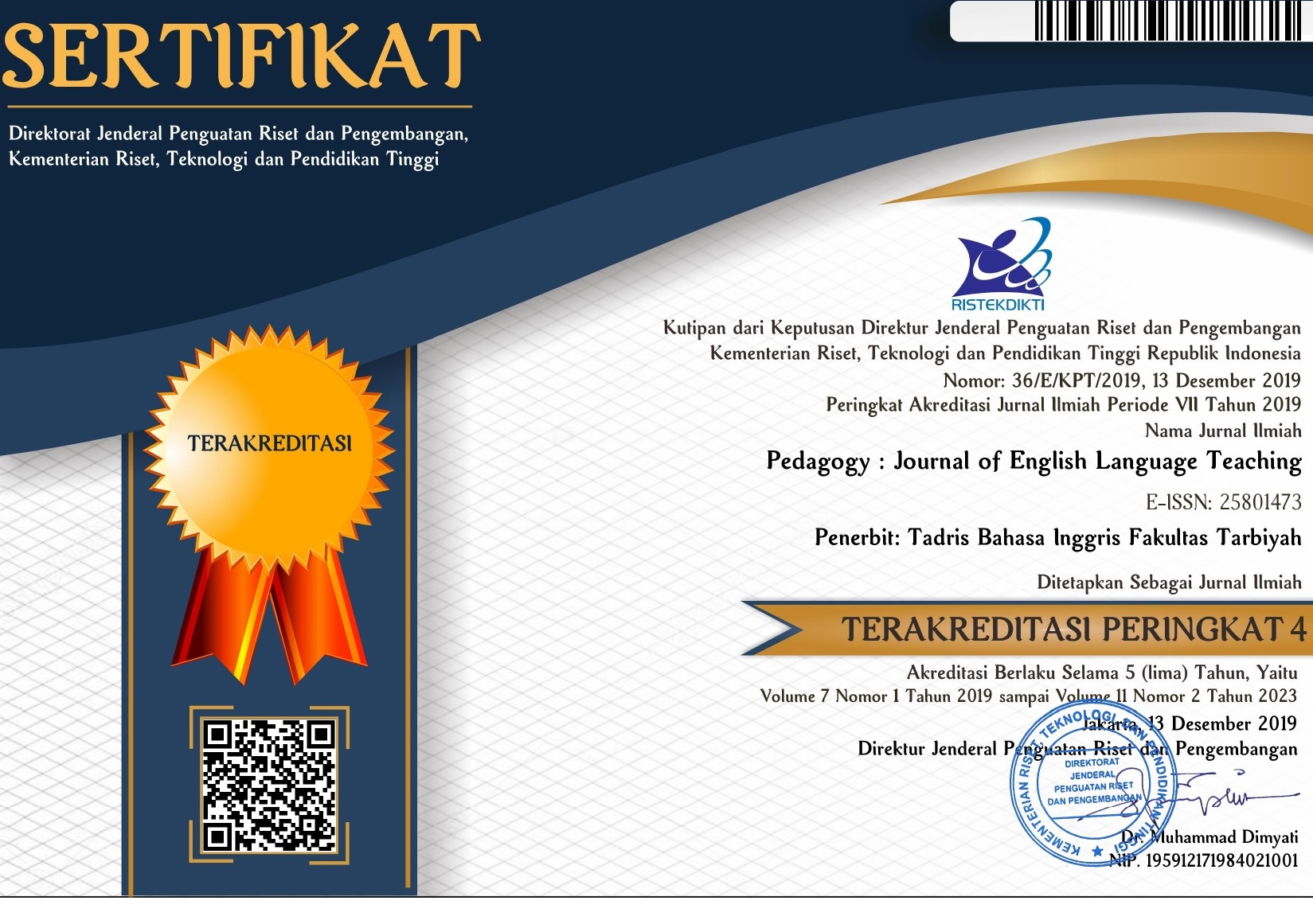Preposition Mistakes in English for Specific Purposes: The Case of Indonesian Accounting Study Program Students
DOI:
https://doi.org/10.32332/joelt.v10i2.4560Keywords:
accounting study program, addition, misuse, prepositions, omissionAbstract
Prepositions remain challenging for learners of English as a foreign language. Linguistically speaking, prepositions are part of grammar and are frequently used in speaking, listening, reading, and writing. Thus, this research investigated the mastery of English prepositions of undergraduate accounting program students of batch 2021 at a private university in Yogyakarta. The data of this quantitative research were collected through a close-ended questionnaire using Google Forms distributed to 23 students. The collected data were analyzed to identify preposition mistakes. Results showed three common problems of prepositions, namely the addition of unnecessary prepositions, omission of prepositions, and misuse of prepositions. The findings would assist students, thesis advisors, and teachers in using English prepositions grammatically, particularly in English for Specific Purposes (ESP). It is expected that future researchers utilize larger data sets to obtain more robust results of proper uses of prepositions and future researchers are expected to observe the participants directly to maximize the results of the data.
















